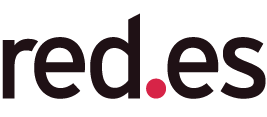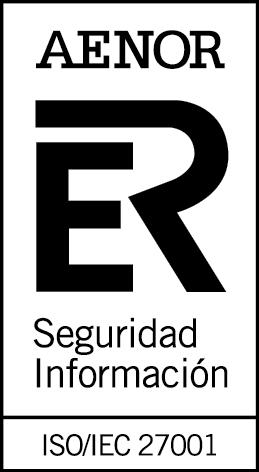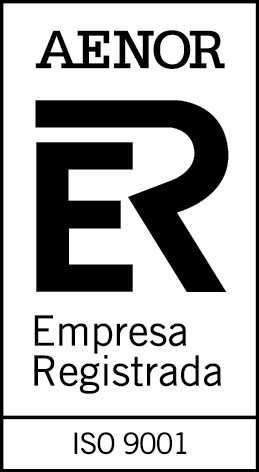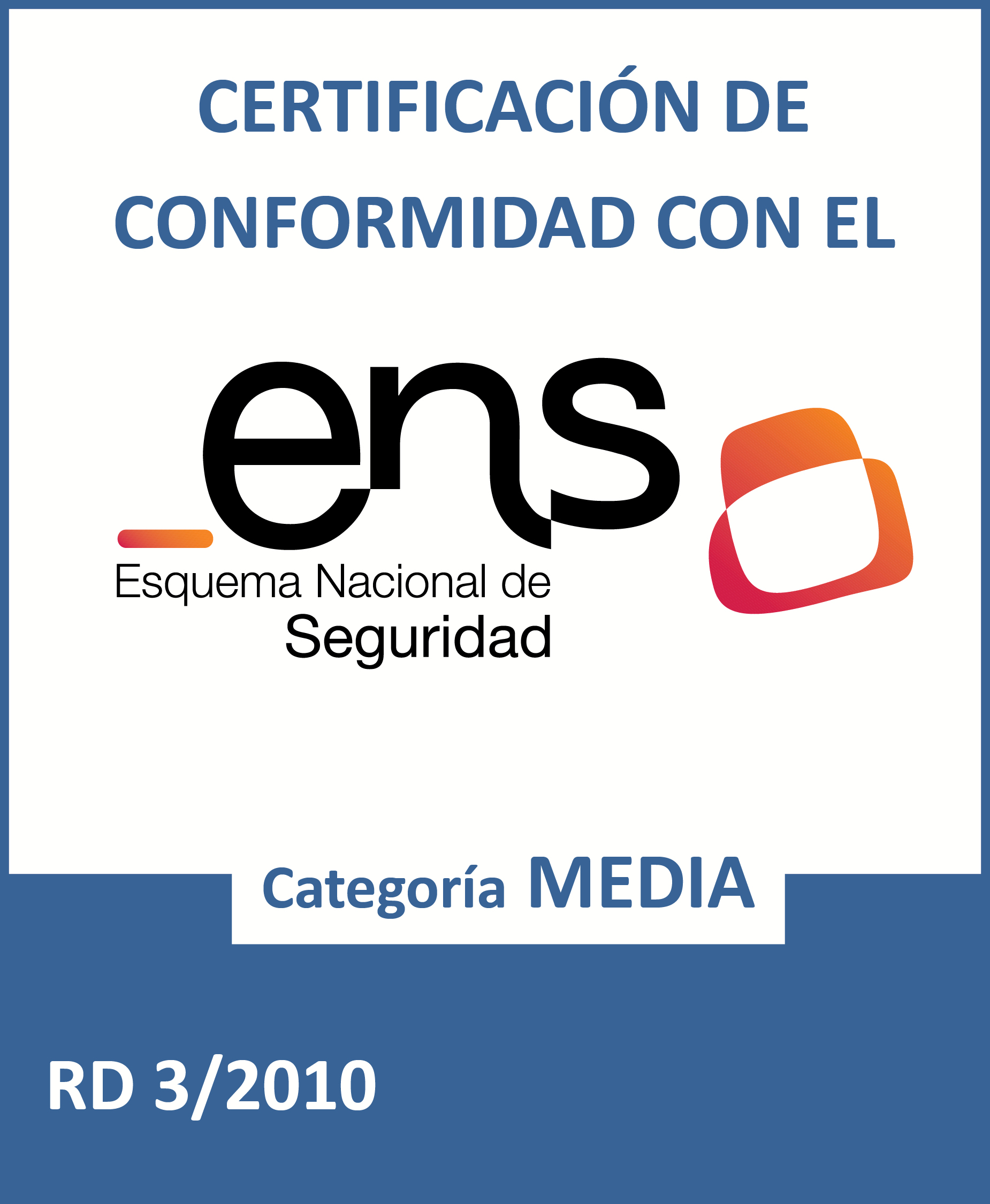Open data on subsidies: the example of the National System for the Publicity of Public Subsidies and Grants (SNPSAP)
Fecha de la noticia: 03-02-2025

The Sistema Nacional de Publicidad de Subvenciones y Ayudas Públicas (SNPSAP) is a tool that contributes to the transparency, dissemination and re-use of data related to public subsidies and grants. This system centralises all the information on calls for applications and concessions of subsidies and public aid approved by the General State Administration, the autonomous communities and local entities.
Origins of the project
We have to go back to 2014 to find the beginning of this project. That year saw a reform of the 2003 General Law on Subsidies (Law 38/2003) with a huge impact in two significant respects:
-
On the one hand, the National Subsidies Database, which had been created by the aforementioned Law in 2003, became available for full consultation by the managing bodies of subsidies and grants of all public administrations and those others legally authorised.
- Moreover, the National System of Publicity of Public Subsidies and Grants was created as a public website, with free and unrestricted access for all citizens. This complied with the requirements of publicity and transparency of all public subsidies and aid granted in Spain, especially calls for applications and awards, with identification of the beneficiaries. This space began operating on 1 January 2015, offering data from the state administration. The following year it was extended to regional and local administrations, thus covering the entire spectrum of the public sector.
Initial data formats and functionalities
From its origin, there was a serious support for the re-use of data for the society that originates it. Already initially the website allowed downloading of data in different formats (CSV, XLSX and PDF) that allow their reuse, although limiting the size of the downloads to 10,000 records for performance and technical capacity reasons.
In addition, a alert subscription mechanismwas available from the outset. A citizen or company could - and can - register as many alerts as they need so that the system automatically notifies them when any call of interest to them is published, sending them a link to it. The tedious need to consult the dozens of official newspapers published in Spain on a daily basis to find out about calls for grants and subsidies was thus eliminated at a stroke.
A project in constant evolution to cope with growth
Regulatory developments in the field of aid and subsidies in the European Union, and Spain's accession to the United Nations Open Government Partnership initiative, shaped the growth of the website in successive years, increasing the offer of specific data views (State aid and minimis, large beneficiaries, political parties, etc.), which made it easier for citizens and data reusers to access them.
At the dawn of the pandemic, the system was already supporting 1.3 million visits per year, serving 3.3 million pages of grants and calls for proposals. This posed a challenge in terms of performance, as volumes never foreseen in the initial technical designs were achieved. A deep technological reform was needed to support the high demand for information and service level.
The reform was approached not only from a technological point of view, but also taking into account:
- The new features established in the Royal Decree 130/2019 regulating the National Grants Database.
- The socially demanded need to enable a API-REST interface for downloading information in reusable JSON format to overcome technical limitations.
Characteristics of the current platform
The new website was put into production at the end of November 2023, offering multiple views of calls for proposals (520,000 as of December 2024), grants (27,700,000), State aid awards (5.000,000), grants of minimis (3,190,000), strategic grant plans (1,341), very serious infringements (4), grants to parties (7,580), and grants to large beneficiaries (145,000).
All this information is accessible today via screen, downloadable in PDF, CSV, XSLX and API-REST interface formats in JSON and XML, being freely reusable by infomediary companies and citizens, with no restrictions other than those established by law.
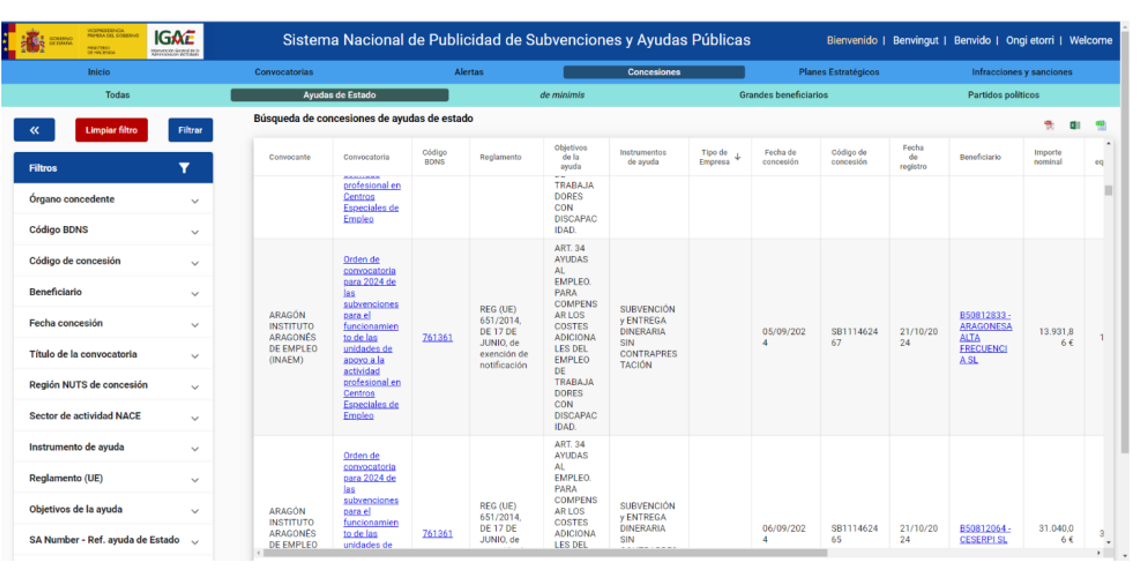
Figure 1. Capture of the website of the National System for the Publicity of Public Subsidies and Grants (SNPSAP).
Since it went into production 11 months ago, the new system has received 7.5 million visits from citizens and businesses. And through the API-REST interface, thousands of downloads are made daily, making a powerful contribution to the dissemination of "raw" subsidy information for reuse by society for all kinds of analyses, studies, etc. In addition, an average of 35,000 e-mail alerts are issued daily to citizens and companies to inform them of new calls for subsidies.
Advantages of SNPSAP
The social dissemination and reuse of all this information eliminates asymmetries and frictions in the markets, and allows operators and citizens to work more efficiently and productively, resulting in higher levels of welfare for society.
The publication of open data allows citizens and organisations not only to know how public funds are distributed, but also to identify new opportunities. This system ensures that all individuals and organisations have equal access to information, regardless of their size or resources, contributing to a more equitable distribution of public support.










